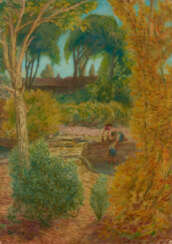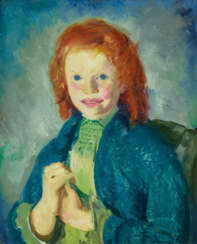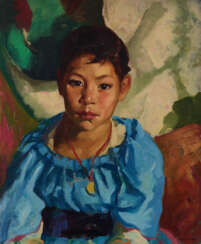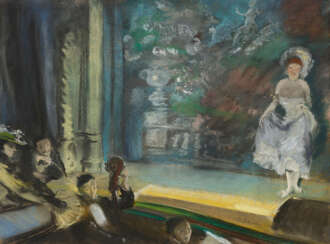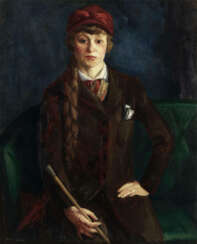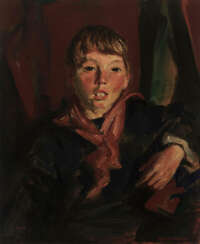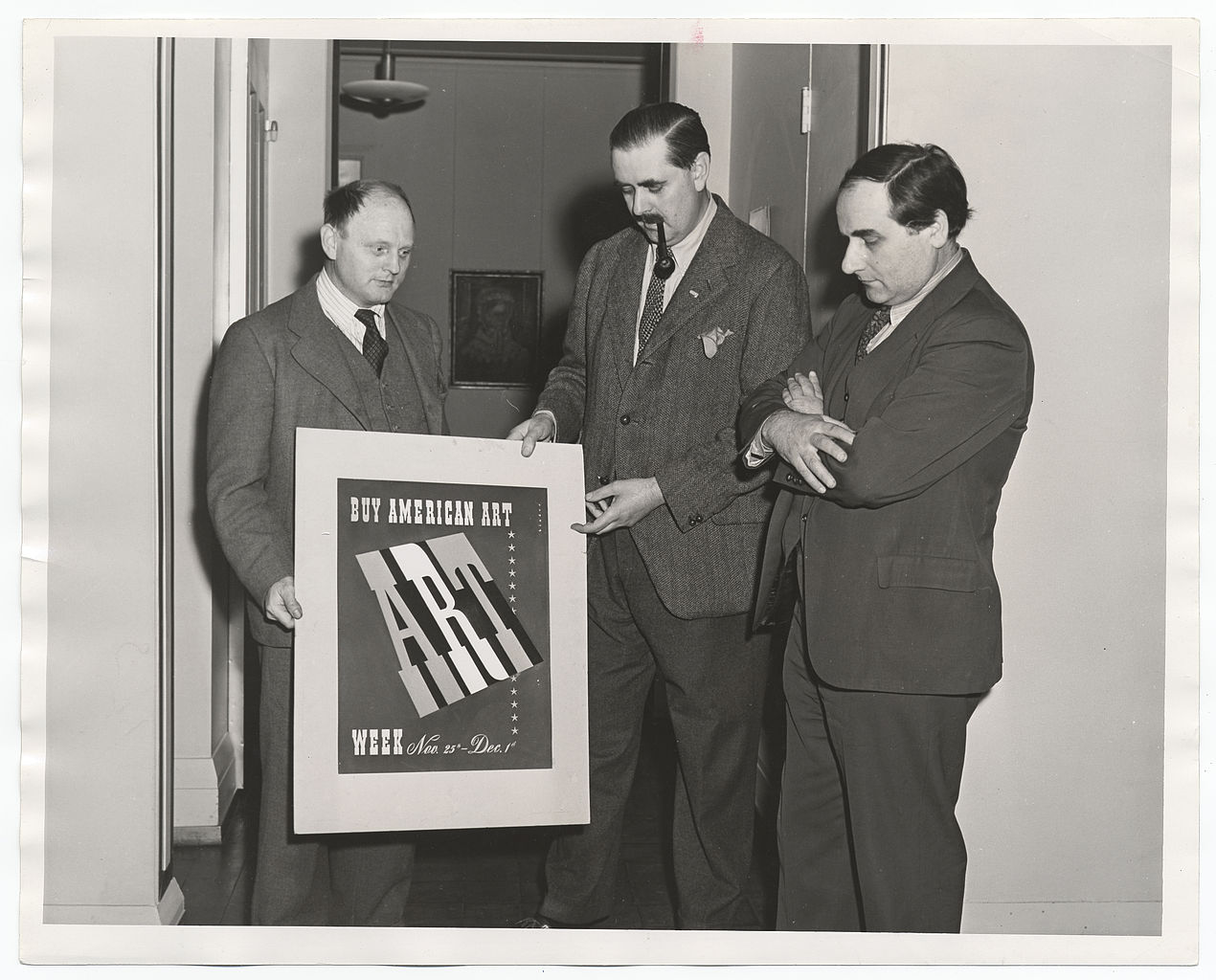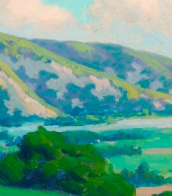Ashcan School — Auction price
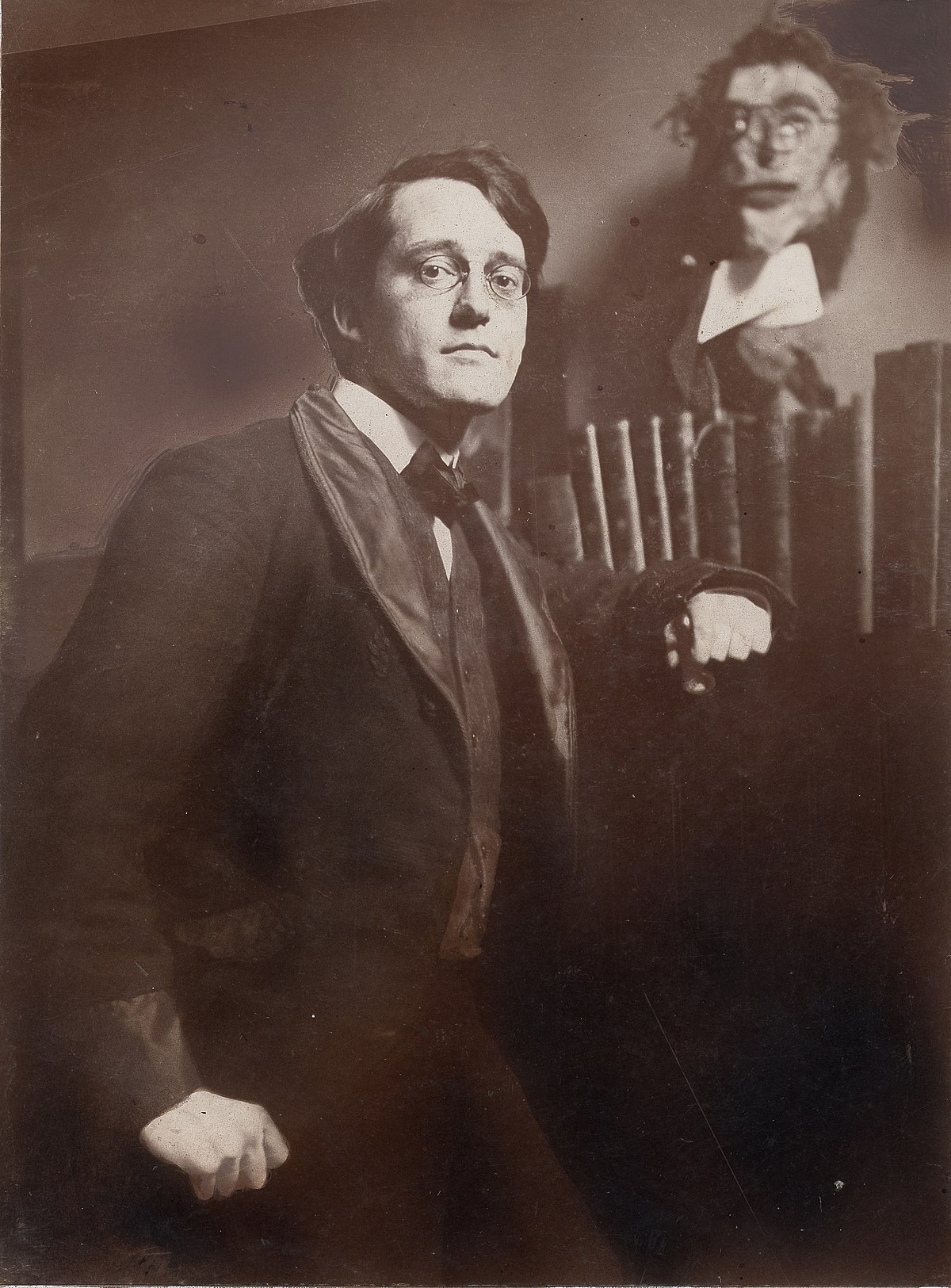
John French Sloan was an American impressionist painter, considered one of the founders of the Ashcan school of American art. He is best known for his urban, everyday genre scenes and his ability to capture the essence of New York City neighborhood life, which he observed from his studio window in Chelsea.

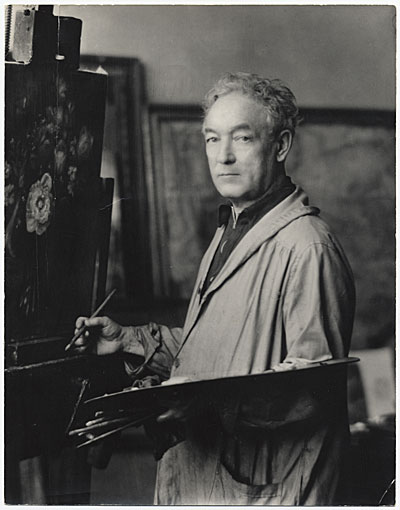
William Glackens was an American painter, illustrator, and journalist, one of the leading artists of American impressionism. In his youth he worked for a newspaper where he was an illustrator. Glackens later moved to New York City, where he worked as an artist and illustrator for the New York Herald and Philadelphia Press magazines and newspapers.
In the early twentieth century Glackens became known for his vivid and energetic paintings reflecting life in the city, theater productions, cafes, and parks. He was one of the founders of the Association of American Artists and was involved in the organization of the famous Armory Show in New York in 1913, which was an important event in American art history. In 1912 Gluckens met the French impressionist Pierre Auguste Renoir, who greatly influenced his style.
Gluckens was also inspired by the work of European artists Edouard Manet, Jean-Louis Forain and Gustave Caybotte. Gluckens left behind a rich legacy of vibrant, emotional works that to this day remain among the most significant in American art history.
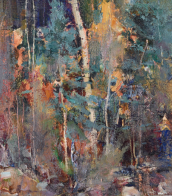
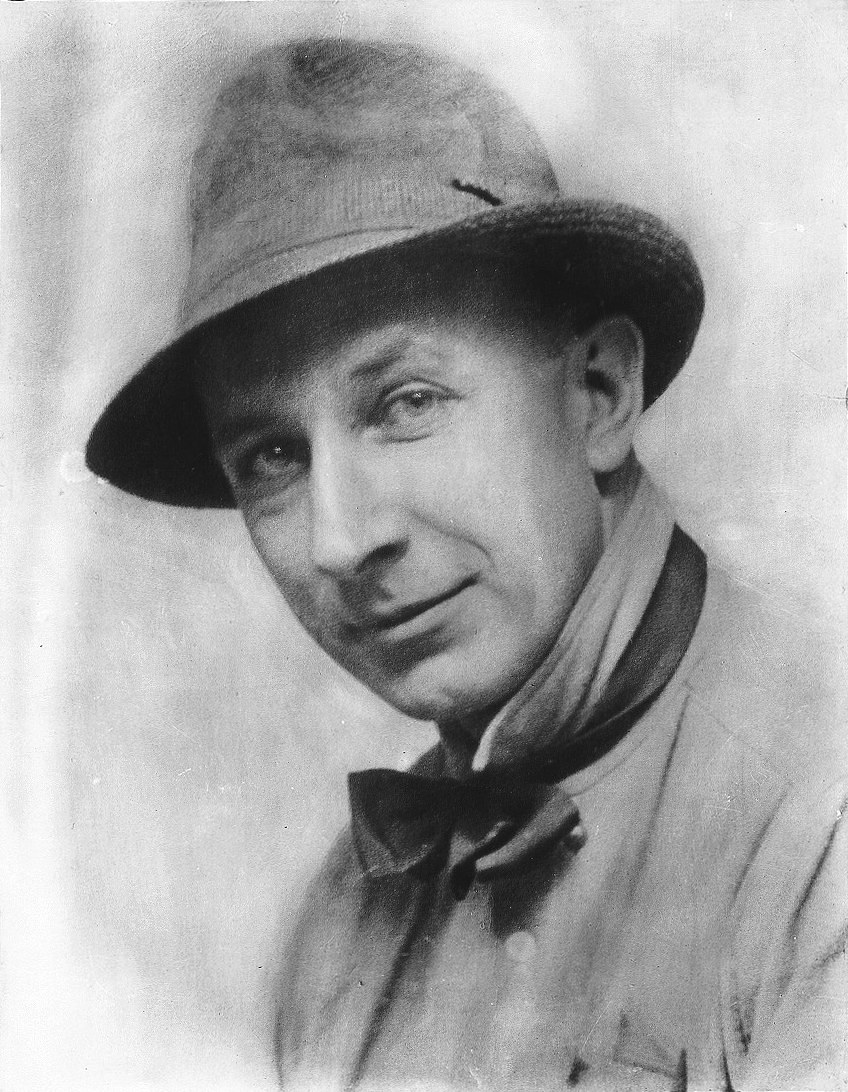
George Wesley Bellows was an American realist painter, renowned for his vivid portrayals of urban life in New York City. Born on August 12, 1882, in Columbus, Ohio, Bellows moved to New York in 1904, where he became a central figure in the Ashcan School of painting. This group was known for its realistic and often gritty depictions of everyday city life. Bellows captured dynamic scenes ranging from boxing matches to bustling street views, applying vigorous brushwork that conveyed movement and emotion.
One of Bellows' most celebrated series was his boxing paintings like "Stag at Sharkey’s," which encapsulate the raw, dynamic energy of illegal prizefights in early 20th-century New York. Beyond the ring, his works such as "New York" and "Pennsylvania Excavation" reflected the rapid transformations of urban landscapes. His adaptation of lithography also marked a significant contribution to American art, offering a new medium for expressive possibilities.
Bellows' art is preserved in major institutions such as the Metropolitan Museum of Art and the Museum of Modern Art in New York. His ability to depict the vibrancy and complexity of urban life makes his work a valuable part of American art history.
For updates on exhibitions and available works of George Wesley Bellows, consider subscribing to our newsletter. This subscription will keep you informed about new sales and auction events specifically related to Bellows' art.

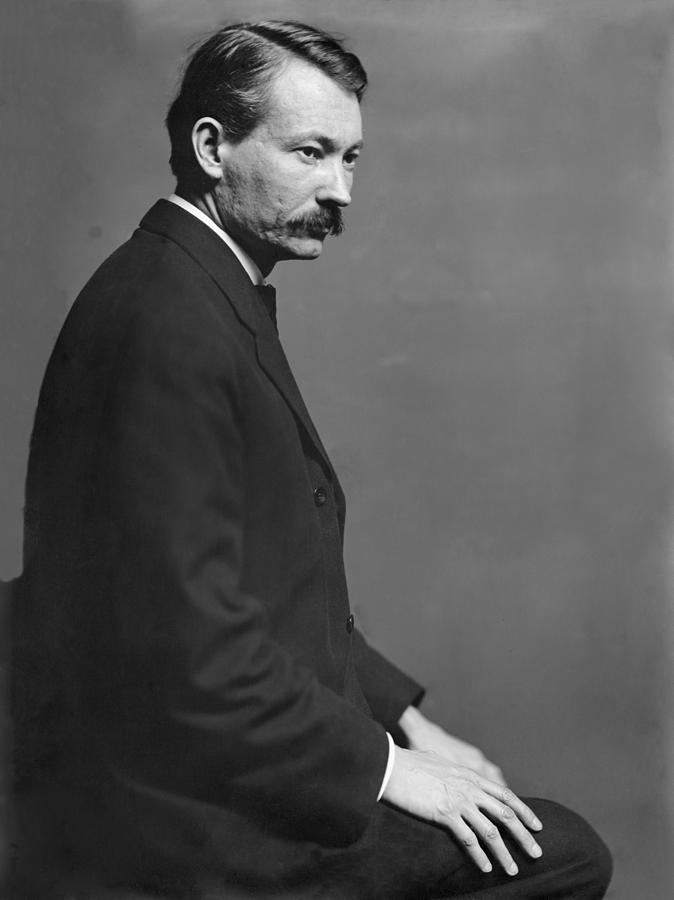
Robert Henri was an influential American painter and teacher, born on June 25, 1865, in Cincinnati, Ohio. He played a pivotal role in the Ashcan School, a movement that sought to depict urban life in a realistic manner. Henri's work was known for its vibrant brushwork and focus on everyday subjects.
Henri's early career was marked by a strong influence from European modernist styles, which he encountered during his studies in Paris at the Académie Julian. Despite his classical training, he later rebelled against the rigid conventions of academic art in America. This rebellion was epitomized in 1908 when he organized an exhibition for The Eight, a group of like-minded artists, which showcased their more realistic and expressive urban scenes.
Throughout his career, Henri also dedicated himself to teaching, influencing a generation of artists, including Edward Hopper and George Bellows. He encouraged his students to portray real life and to express their individual perspectives through art. Henri's teaching and artistic philosophies left a lasting impact on American art, bridging the gap between traditional techniques and modernist experiments.
To stay updated on exhibitions, sales, and auction events featuring the captivating works of Robert Henri, sign up for our newsletter. This service offers exclusive insights and opportunities for collectors and art enthusiasts to engage deeply with Henri's legacy. Don't miss out on the chance to explore more about this pivotal figure in American realism.


John French Sloan was an American impressionist painter, considered one of the founders of the Ashcan school of American art. He is best known for his urban, everyday genre scenes and his ability to capture the essence of New York City neighborhood life, which he observed from his studio window in Chelsea.

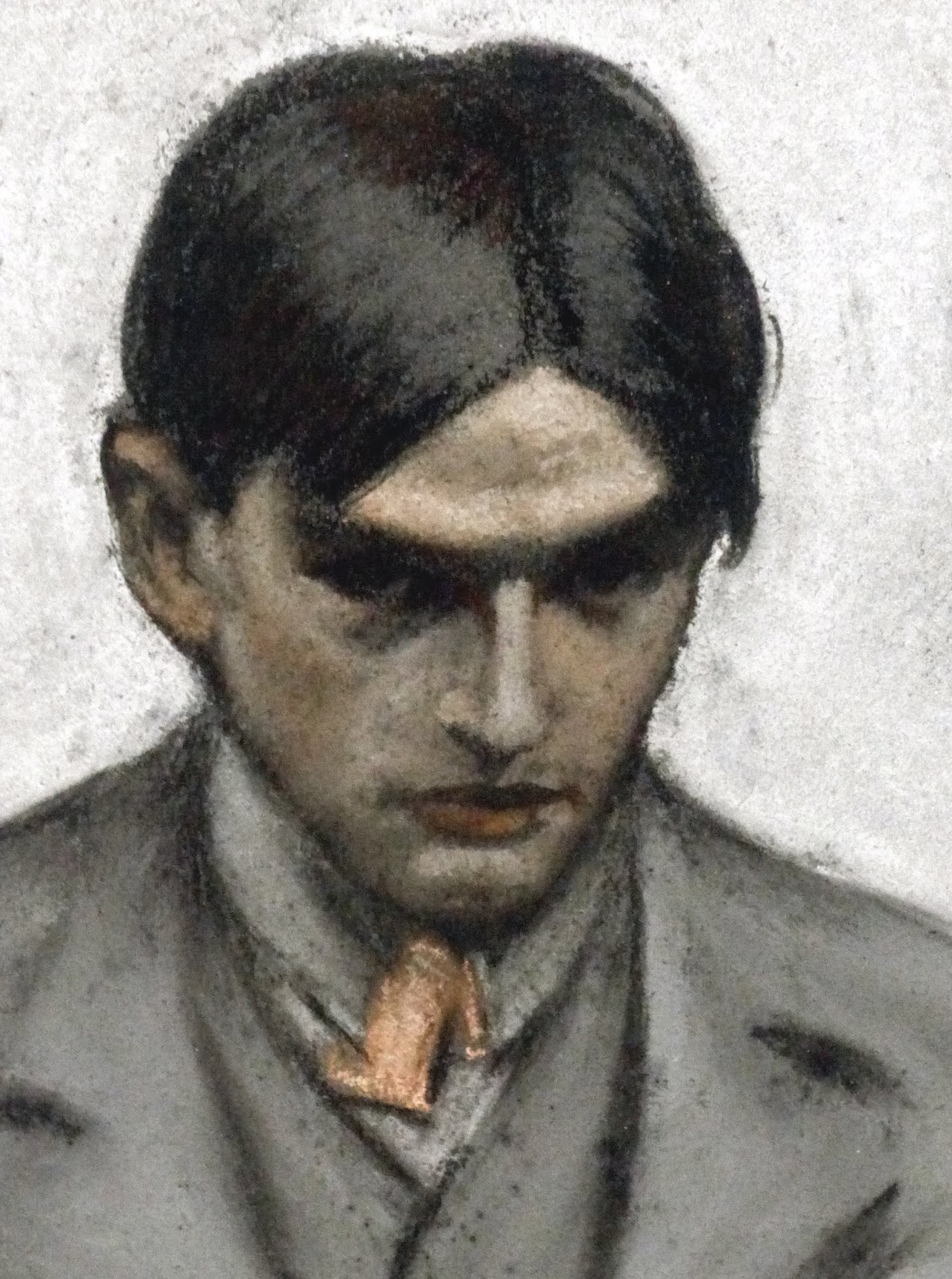
Everett Shinn is an American impressionist painter. From the age of 17 he worked as a staff artist for the Philadelphia Press. Moving to New York City in 1897, he soon became known as one of the talented urban realist painters, depicting modern urban life.
In 1899 Shinn began working as an illustrator for Ainslee's Magazine. For a time he worked in pastel. A trip to Europe in 1900 greatly influenced his work - the artist was fascinated by Impressionism, which was especially evident in his works on the theater. Shinn's best works realistically depict American urban life in the early years of the twentieth century.


John French Sloan was an American impressionist painter, considered one of the founders of the Ashcan school of American art. He is best known for his urban, everyday genre scenes and his ability to capture the essence of New York City neighborhood life, which he observed from his studio window in Chelsea.
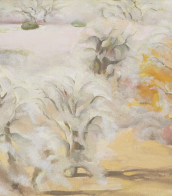

John French Sloan was an American impressionist painter, considered one of the founders of the Ashcan school of American art. He is best known for his urban, everyday genre scenes and his ability to capture the essence of New York City neighborhood life, which he observed from his studio window in Chelsea.


John French Sloan was an American impressionist painter, considered one of the founders of the Ashcan school of American art. He is best known for his urban, everyday genre scenes and his ability to capture the essence of New York City neighborhood life, which he observed from his studio window in Chelsea.


William Glackens was an American painter, illustrator, and journalist, one of the leading artists of American impressionism. In his youth he worked for a newspaper where he was an illustrator. Glackens later moved to New York City, where he worked as an artist and illustrator for the New York Herald and Philadelphia Press magazines and newspapers.
In the early twentieth century Glackens became known for his vivid and energetic paintings reflecting life in the city, theater productions, cafes, and parks. He was one of the founders of the Association of American Artists and was involved in the organization of the famous Armory Show in New York in 1913, which was an important event in American art history. In 1912 Gluckens met the French impressionist Pierre Auguste Renoir, who greatly influenced his style.
Gluckens was also inspired by the work of European artists Edouard Manet, Jean-Louis Forain and Gustave Caybotte. Gluckens left behind a rich legacy of vibrant, emotional works that to this day remain among the most significant in American art history.


William Glackens was an American painter, illustrator, and journalist, one of the leading artists of American impressionism. In his youth he worked for a newspaper where he was an illustrator. Glackens later moved to New York City, where he worked as an artist and illustrator for the New York Herald and Philadelphia Press magazines and newspapers.
In the early twentieth century Glackens became known for his vivid and energetic paintings reflecting life in the city, theater productions, cafes, and parks. He was one of the founders of the Association of American Artists and was involved in the organization of the famous Armory Show in New York in 1913, which was an important event in American art history. In 1912 Gluckens met the French impressionist Pierre Auguste Renoir, who greatly influenced his style.
Gluckens was also inspired by the work of European artists Edouard Manet, Jean-Louis Forain and Gustave Caybotte. Gluckens left behind a rich legacy of vibrant, emotional works that to this day remain among the most significant in American art history.


Robert Henri was an influential American painter and teacher, born on June 25, 1865, in Cincinnati, Ohio. He played a pivotal role in the Ashcan School, a movement that sought to depict urban life in a realistic manner. Henri's work was known for its vibrant brushwork and focus on everyday subjects.
Henri's early career was marked by a strong influence from European modernist styles, which he encountered during his studies in Paris at the Académie Julian. Despite his classical training, he later rebelled against the rigid conventions of academic art in America. This rebellion was epitomized in 1908 when he organized an exhibition for The Eight, a group of like-minded artists, which showcased their more realistic and expressive urban scenes.
Throughout his career, Henri also dedicated himself to teaching, influencing a generation of artists, including Edward Hopper and George Bellows. He encouraged his students to portray real life and to express their individual perspectives through art. Henri's teaching and artistic philosophies left a lasting impact on American art, bridging the gap between traditional techniques and modernist experiments.
To stay updated on exhibitions, sales, and auction events featuring the captivating works of Robert Henri, sign up for our newsletter. This service offers exclusive insights and opportunities for collectors and art enthusiasts to engage deeply with Henri's legacy. Don't miss out on the chance to explore more about this pivotal figure in American realism.

